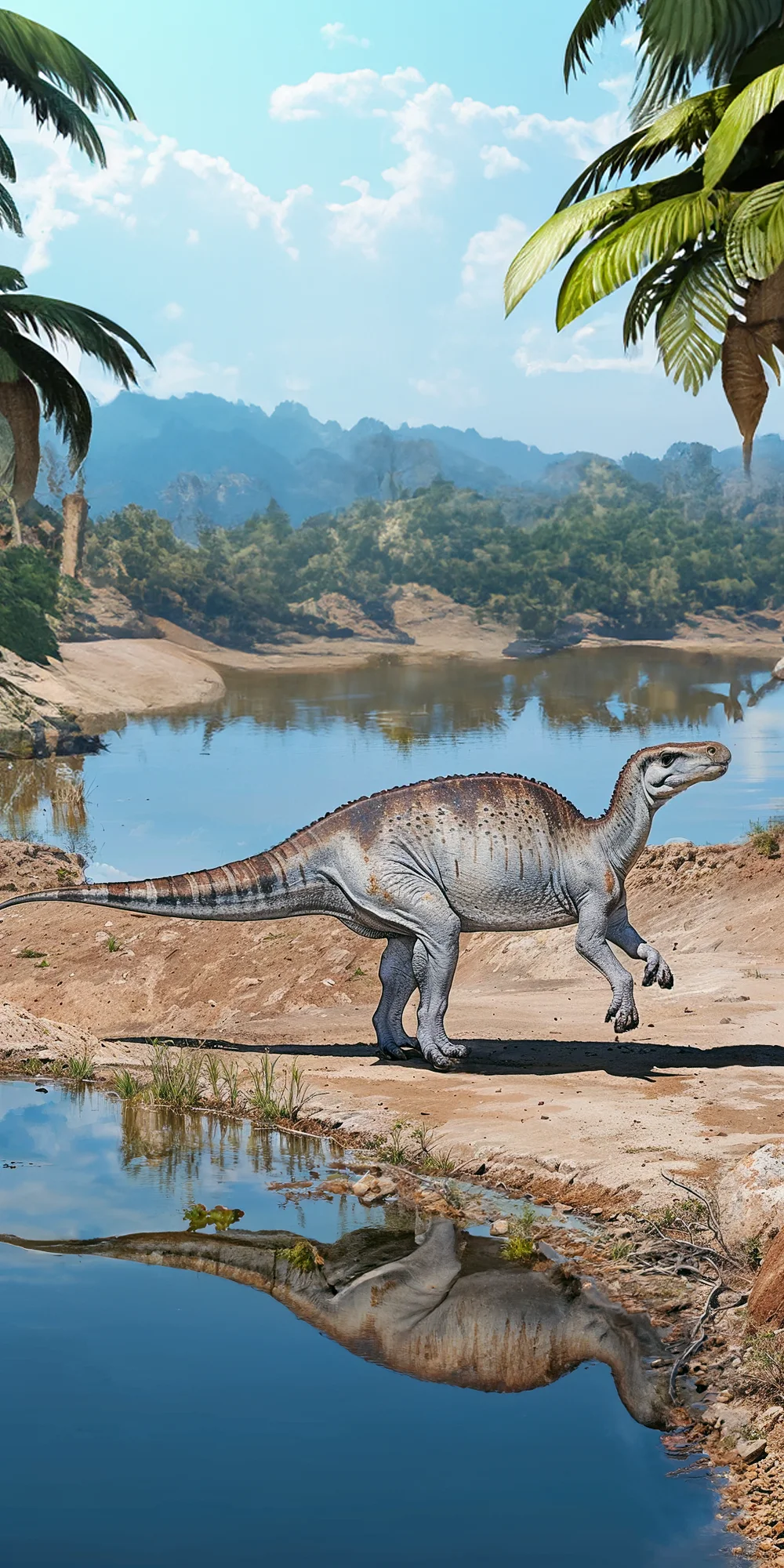The Hadrosauridae
The Hadrosauridae, commonly known as duck-billed dinosaurs, were a family of herbivorous dinosaurs characterized by their flat, duck-like bills, rows of teeth ideal for grinding plants, and elaborate crests on their heads. They walked on four legs and were known for their social behavior and ability to communicate through distinctive vocalizations.

| Hadrosauridae | |
|---|---|
| Size | Up to 40 feet long (12 meters) |
| Weight | Up to 3 tons (2,700 kilograms) |
| Speed | 24-28mph (39-45km/h) |
| Key Strength | Speed and agility |
| Biggest Weakness | Relatively low aggression |
| Scientific Name | Hadrosauridae |
| Family | Hadrosauridae |
| Habitat | Forested and coastal areas |
| Geography | North America, Asia, Europe, Africa, South America, Australia |
| Diet | Herbivorous, mainly feeding on tough vegetation |
| Lifespan | 25 years - 35 years |

The Hadrosauridae
The Hadrosauridae, commonly known as duck-billed dinosaurs, were a family of herbivorous dinosaurs characterized by their flat, duck-like bills, rows of teeth ideal for grinding plants, and elaborate crests on their heads. They walked on four legs and were known for their social behavior and ability to communicate through distinctive vocalizations.
Fun Fact: Hadrosauridae were among the most successful of all dinosaurs, with a wide distribution in North America, Europe, Asia, and Antarctica.
| Hadrosauridae | |
|---|---|
| Size | Up to 40 feet long (12 meters) |
| Weight | Up to 3 tons (2,700 kilograms) |
| Speed | 24-28mph (39-45km/h) |
| Key Strength | Speed and agility |
| Biggest Weakness | Relatively low aggression |
| Scientific Name | Hadrosauridae |
| Family | Hadrosauridae |
| Habitat | Forested and coastal areas |
| Geography | North America, Asia, Europe, Africa, South America, Australia |
| Diet | Herbivorous, mainly feeding on tough vegetation |
| Lifespan | 25 years - 35 years |
Hadrosauridae Matchups
We use AI to simulate matchups between the Hadrosauridae and other animals. Our simulation considers size, strength, and natural predatory behaviors to determine the most likely outcome.
Hadrosauridae: Diet, Predators, Aggression, and Defensive Behaviors
What did Hadrosauridae eat?
Hadrosauridae, also known as hadrosaurs or duck-billed dinosaurs, were herbivorous dinosaurs that primarily fed on plants such as leaves, fruits, and seeds. They had specialized dental adaptations, with hundreds of tightly packed teeth in their jaws that were ideal for grinding down tough plant material.
Did Hadrosauridae have any predators?
Hadrosauridae were likely preyed upon by large theropod dinosaurs such as Tyrannosaurus rex. Fossil evidence has shown bite marks on hadrosaur bones that match the teeth of predators, indicating that they were indeed hunted by carnivorous dinosaurs.
Were Hadrosauridae aggressive?
Despite their large size, Hadrosauridae are generally believed to have been non-aggressive dinosaurs. They likely lived in groups and used their speed and herding behavior to evade predators rather than confront them directly. Their forward-facing eyes also suggest that they were able to spot potential threats and react accordingly.
Did Hadrosauridae fight?
While Hadrosauridae may have engaged in intraspecific competition for resources or mates, they were not known for engaging in physical fights. Instead, they likely used displays of their size and strength, vocalizations, or other behavioral cues to establish dominance within their herds.
How did Hadrosauridae defend themselves?
Hadrosauridae had a few defense mechanisms to protect themselves from predators. Some species, such as Parasaurolophus, had elaborate crest structures that may have been used for visual displays or vocalizations to communicate with other members of their group and potentially scare off predators. Additionally, their ability to move in herds and their relatively fast running speed would have made them challenging targets for predators.
What was the biggest weakness of Hadrosauridae in a fight?
The biggest weakness of Hadrosauridae in a fight would likely have been their lack of physical weaponry or defensive features. Unlike some other dinosaurs that had horns, spikes, or armor for protection, Hadrosauridae relied more on their speed, herding behavior, and possibly vocalizations to deter predators. Their large size may have been a disadvantage in terms of agility and maneuverability during a confrontation with a predator.
Fun Fact: Some species of Hadrosauridae, like the Edmontosaurus, grew to massive sizes, with lengths of up to 50 feet and weights of several tons.
Fun Fact: Fossilized skin impressions of Hadrosauridae have revealed that they likely had scaly skin with tubercles that may have been used for camouflage or thermoregulation.










